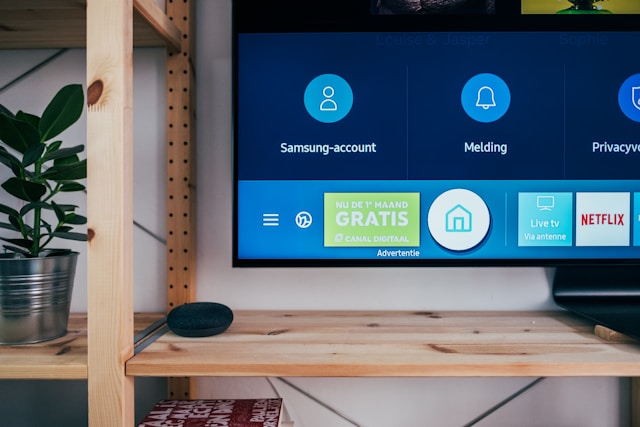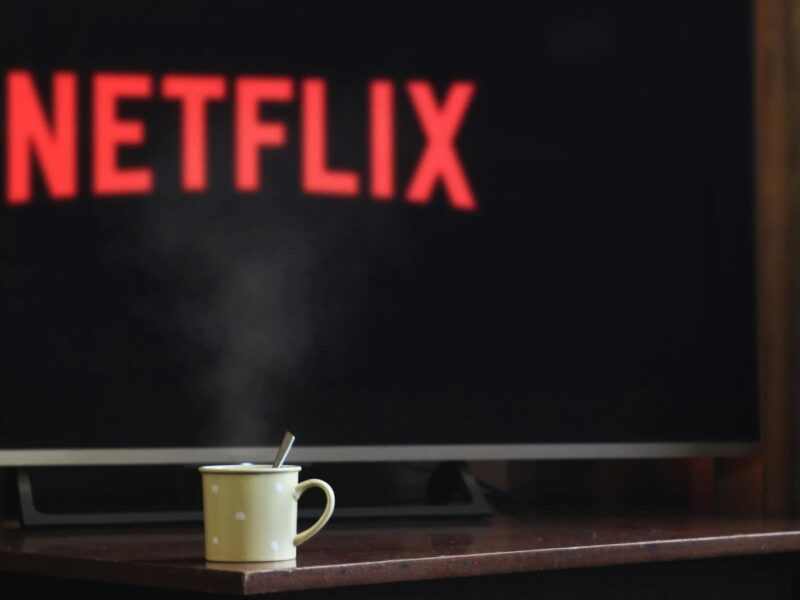Unnoticeably for all of us, our familiar television is acquiring new forms every day, thus bringing closer the day when, looking back, we will realize the essence of the changes that have occurred and perhaps even with some nostalgia remember what television used to be.
Today if we look at the television 50 years ago we will also notice the striking discrepancy with the current state of things. Not DVBC and IPTV, not HD and certainly not 4K, but monochrome. Many things have changed, both reception devices and signal transmission technologies, broadcast formats and, of course, the quality of the image has grown considerably. Probably the only thing that has remained unchanged is the principle of linearity of TV. That is, a channel shoots content, assembles a program out of it and sends this content to its consumers according to a set schedule.
I am certain that the tipping point for modern television has already arrived. And it came precisely when the TV signal came to IP. It’s not that IPTV has radically changed our idea of television, but exactly the contact with Internet changes any branch forever. Let us remember at least how e-commerce changed the approach to making purchases, or how the press and the whole approach to obtaining necessary information changed due to the Internet.
Let’s talk first of all about the linearity of TV. To begin with, let’s look at what is actually bad about this very linearity. Nothing bad. But if we were really satisfied with the current model of TV content consumption we would not have seen the blossoming of YouTube and OTT platforms as such. We have long been moving toward the “right content here and now” model, and therefore the emergence of non-linear television is quite natural. To understand what’s in store for us, let’s take a look at what was. In every country, television began with one television channel, which (it’s scary to imagine now) wasn’t even 24 hours a day.
I’m sure many would like to correct me by saying that all is not so bad (or good) with linearity and modern technology already allows viewers to influence the content of the air. And to be fair I agree that yes such things as time shift and VOD to some degree enable viewers to influence what is happening on their screens, but in the case of time shift it is only a relatively small time shift, and VOD (Video on demand) should more correctly be called MOD (Movie on demand) – when it comes to VOD in almost all cases it means watching movies from the provider’s library, but at any time.
In the future to get a truly nonlinear TV, the VOD model practiced now with movies should be extended to all content of TV channels except, perhaps, advertising. All the content that goes on the air of TV channels should be available at any time without long search and downloading of torrents.



